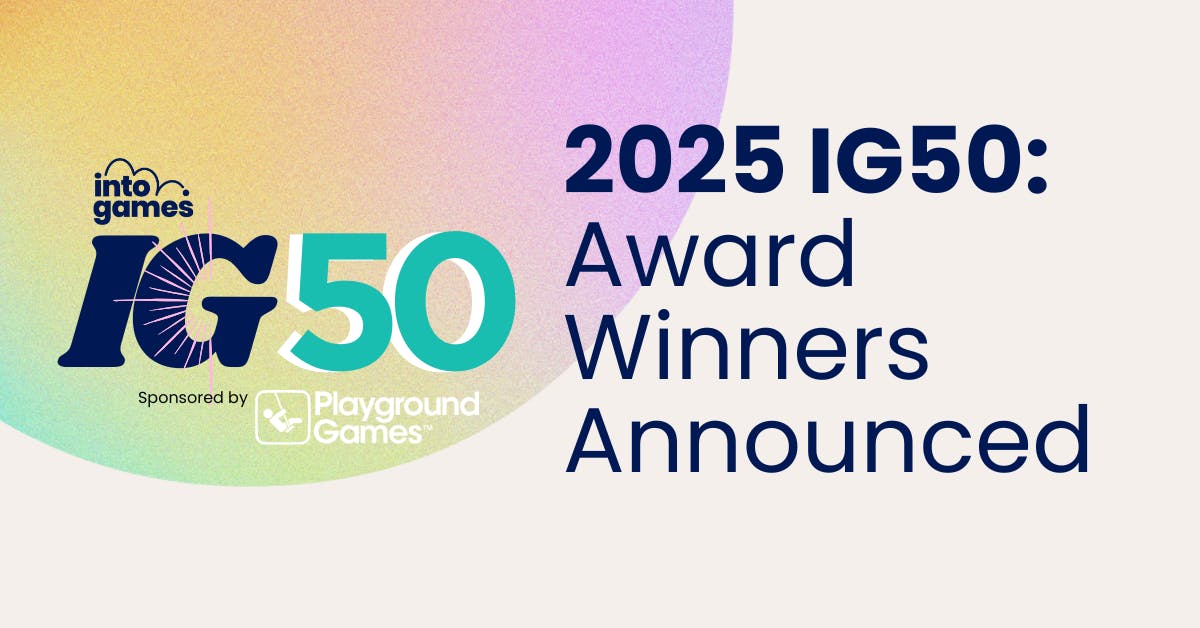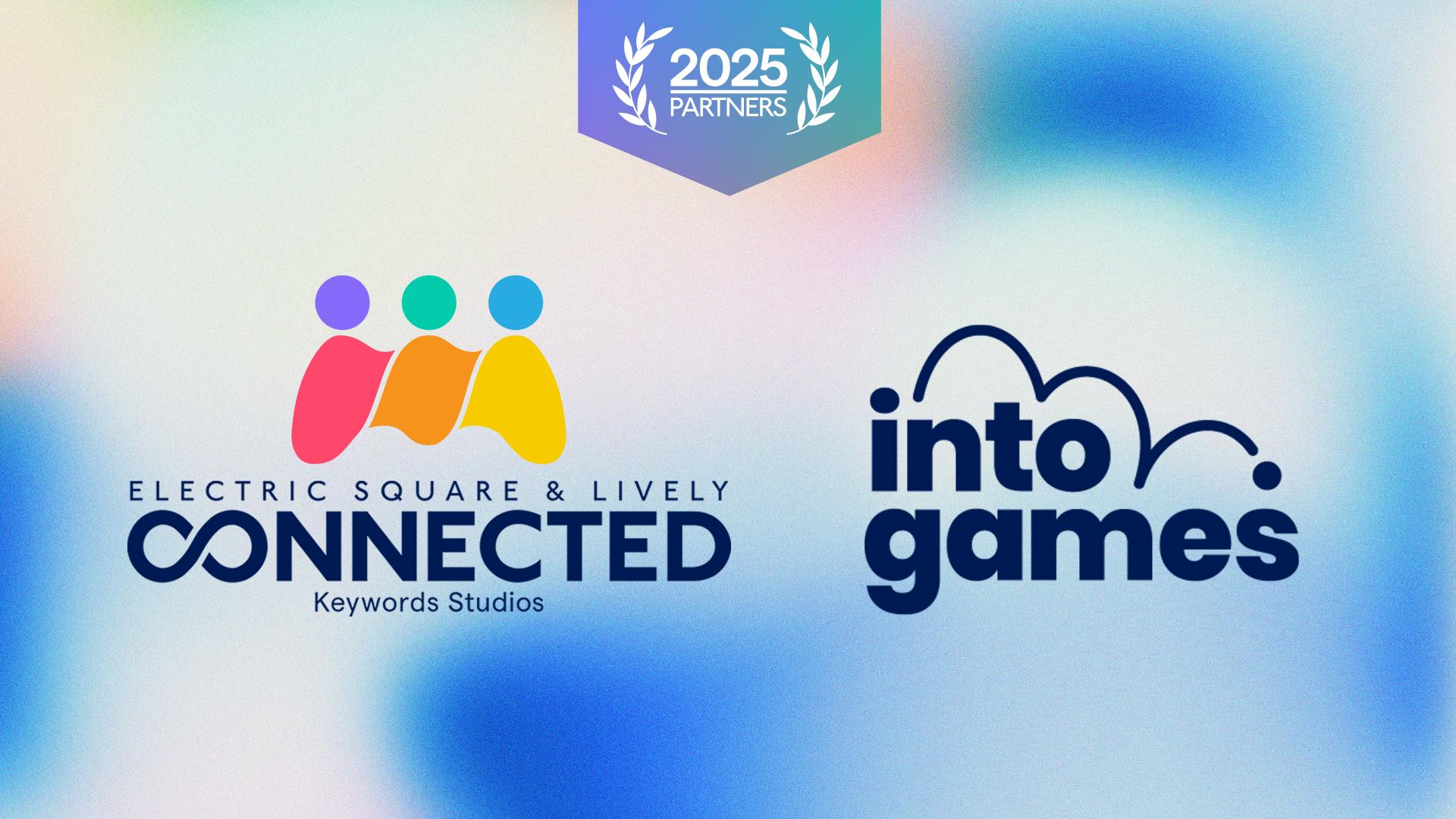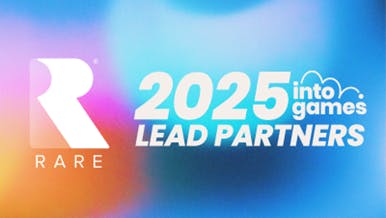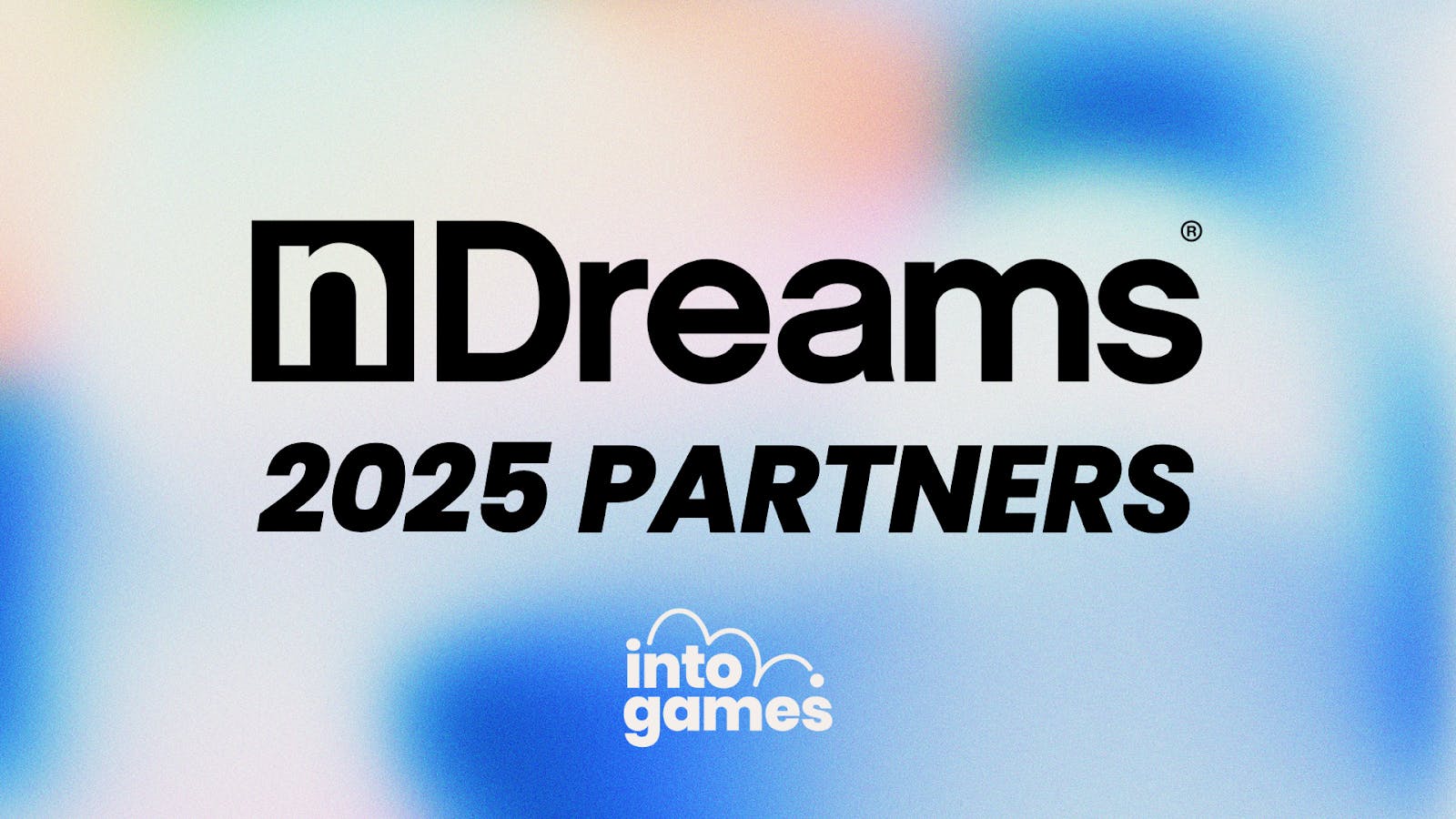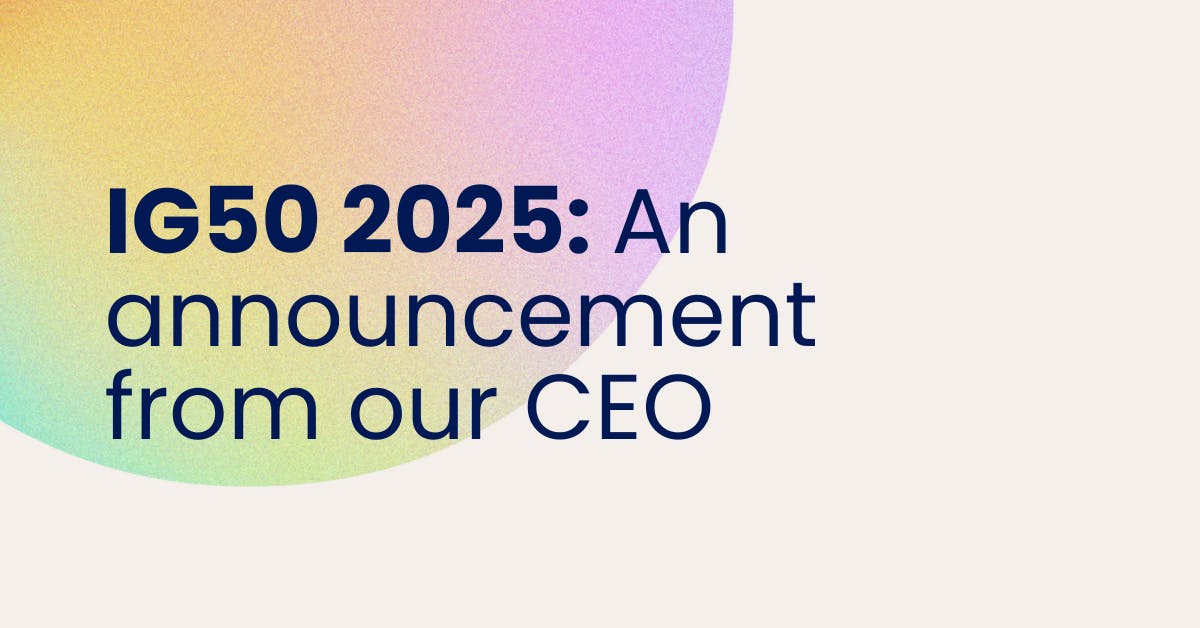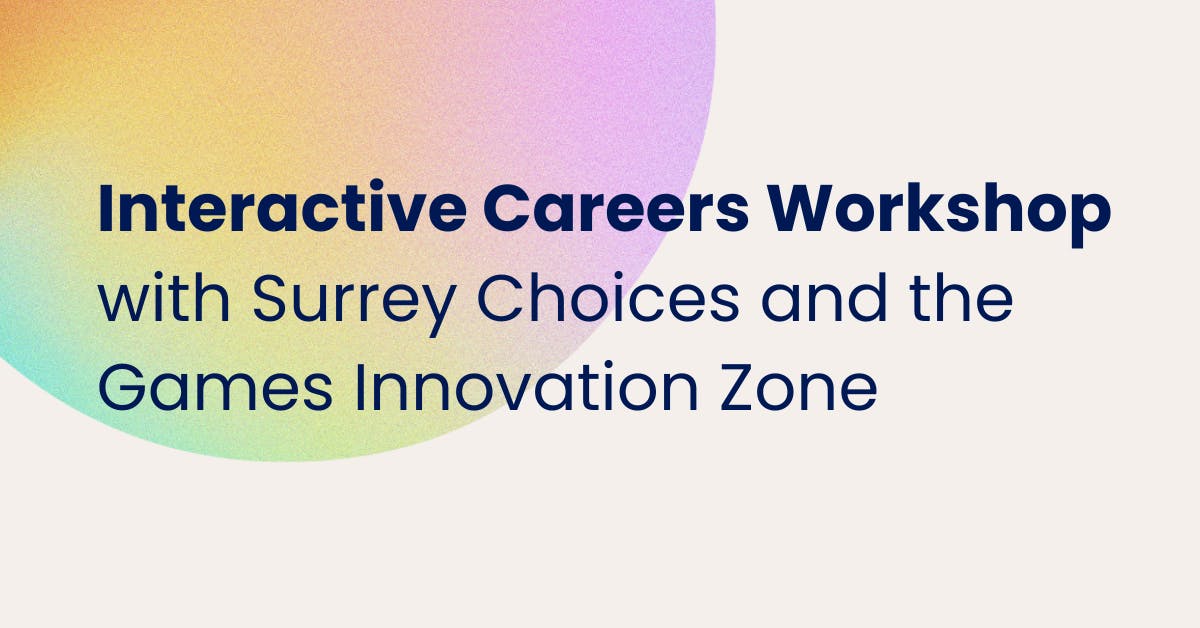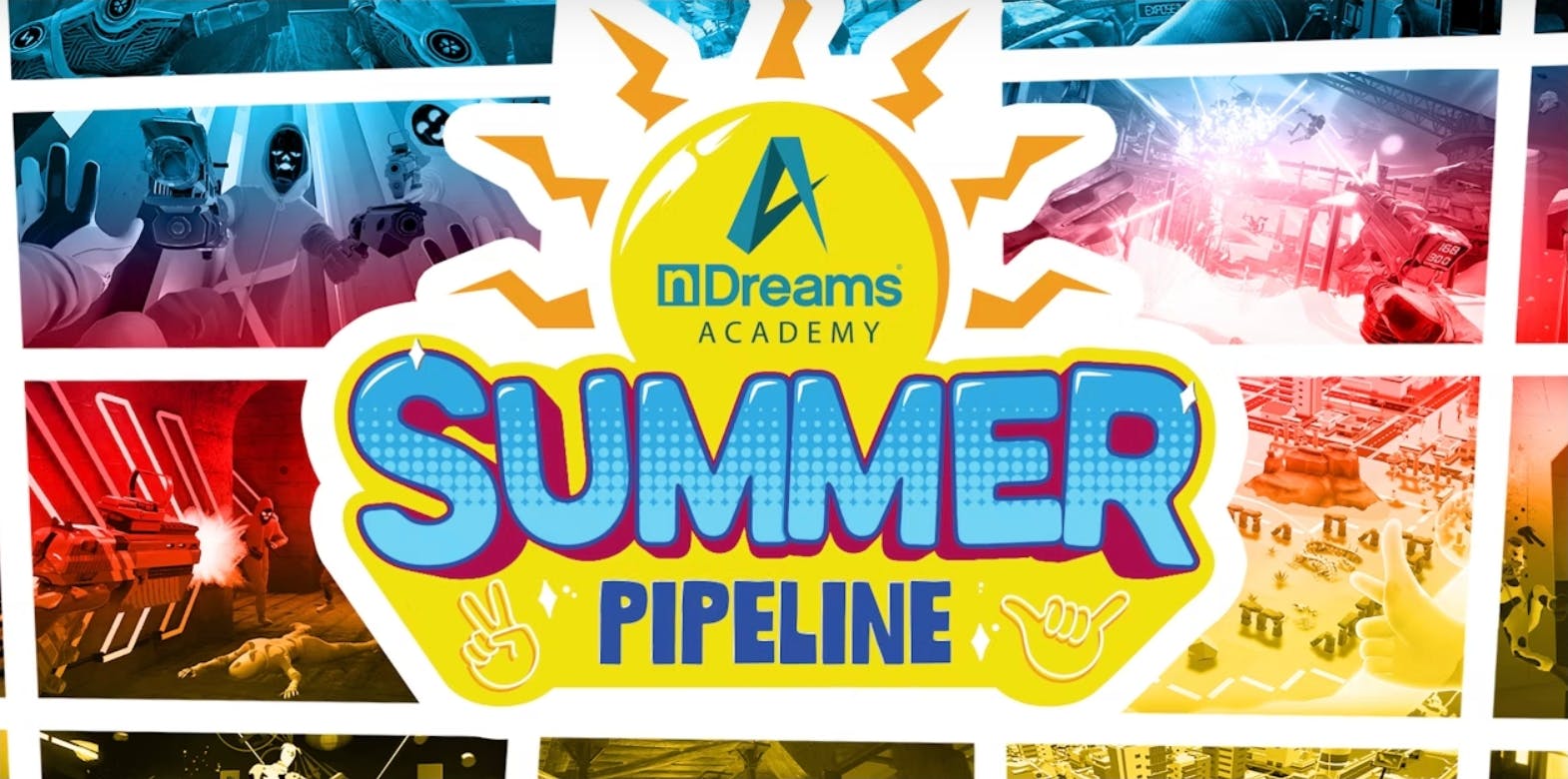
13 July 2020
What does a VFX Artist in games do? Interview with Lloyd Knott, Rockstar Games
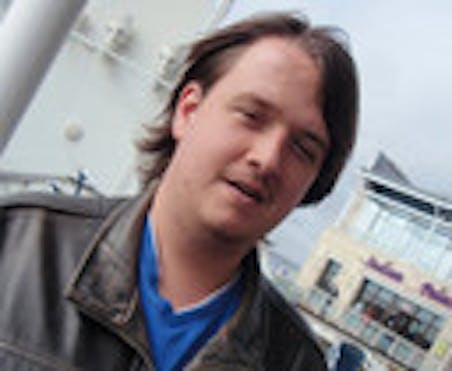
LLoyd Knot is currently lead VFX (visual effects) Artist at Rockstar Games. He's produced effects for huge franchises including Fable: The Journey, Kinect Sesame Street, Kinect Sports Rivals, Grand Thefy Auto 5 and Red Dead Redemption 2. We asked Lloyd, some key questions about getting into the games sector.
Explain your role like I'm 5 years old
We add an extra layer on top of everything in the game to make it more exciting and connected. This ranges from big flashy things, like explosions or the building collapsing in that animation you like, to dust and leaves kicked up as you run around in the game to make your character have an effect on the world they are in.
Take us through your average day at work
One nice part of the job is that although you might be doing only a couple of types of tasks, such as creating particle effects or decals; the variety of scope in games as well as how the different systems within the game work or interact mean that you have a huge variety in the type of visual effects you will be creating or working on.
One day you'll be working on particle effects for a magic spell, then the next some dust and debris for a building collapsing and then you might switch over and create some decal textures for cracked concrete from a character doing a big superhero landing.
What was your educational and career journey into your current role?
My path into video games was a bit of a sudden career shift. I was initially working in an investment bank, doing some light modding and hobby stuff in my free time but nothing serious. When a nearby university started offering a video game degree course, a friend and I decided to give it a go. One of those 'Do it, or I'll regret not doing it' moments. We applied, and I spent a lot of my spare time working on my art skills to try and make it in, as I'd not really done much artwork previously so had no portfolio.
Luckily, I made it in and while I was studying I found that I had a knack for understanding how the game engines worked and the more technical art systems. After graduating I spent a few months helping out various mod and indie groups and a lot of them needed help with visual effects as most were programmers or regular 2D/3D artists. So, I used that work to build a portfolio and land my first real game job at Lionhead. From there I spent a couple of years working on games at different Microsoft game studios in the UK, before landing a job at Rockstar and I've been there ever since.
What is it about your role that you love?
The sheer amount of variety and creativity that goes into the work we do. Trying to innovate within a space that can be quite limited by the performance budget and when working on DLC for older titles there's an added technical challenge of taking old textures and data and make them do things they weren't designed for.
What's the hardest thing about your role?
Trying to create visual effects that look really high detail but having to fit within the performance limitations of a game. It can be quite easy to cripple a game with expensive effects. You could make an amazing photorealistic explosion in something like 3ds Max or Houdini, but then you have to find a way to get it to work within a game that has to run at 30/60 frames per second.
What key skills should people work on to do your role one day?
You'll want to develop your observational skills and analytical abilities. A lot of visual effects, particularly when working with particles is taking something that exists in the real world and then breaking it down so you can build it back up in your game.
Following on from there, problem-solving and communication are also key. The first because you'll need to figure out how to achieve your final result using the building blocks that the tools will provide you and communication because you will have to work across departments. Each system will be handled by someone, from weapons to gameplay mechanics, and you'll need to be able to work together to find a solution that looks great but also works with that system. Particle effects particularly are generally always worked on in-engine, as most development doesn't rely on building them in a 3rd party tool and then importing it like you get with 3D models or textures.
It's handy to work with different engines and software just to see how they handle building up particle effects, as there's a lot of shared fundamentals but a few nuances that make each of them a different beast.
What advice would you give to your younger self looking to get started in the industry?
I would probably have told myself to just go for it. As an artist, your portfolio is your most important tool for getting in rather than any degree. Work on your own thing or just team up with other people to create things, as it's all great experience and will help nail down a great portfolio.
Do you have any links to good articles or videos that you think might give some tips or advice to someone starting in your role?
You can get quite far with picking an engine, such as Unity or Unreal and learning how their tech works from the documentation or Youtube videos and just experimenting.
Realtime VFX is a good starting point to see what people can throw together and find some resource links:
Realtime VFX
Stay up to date
It's time to level up your inbox
Pick which newsletters you're interested in receiving, and customise further by specifying a discipline.
Join our mailing listTell me more
